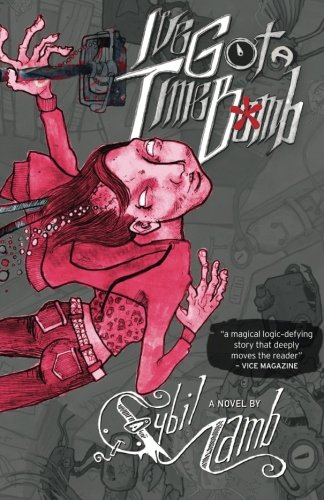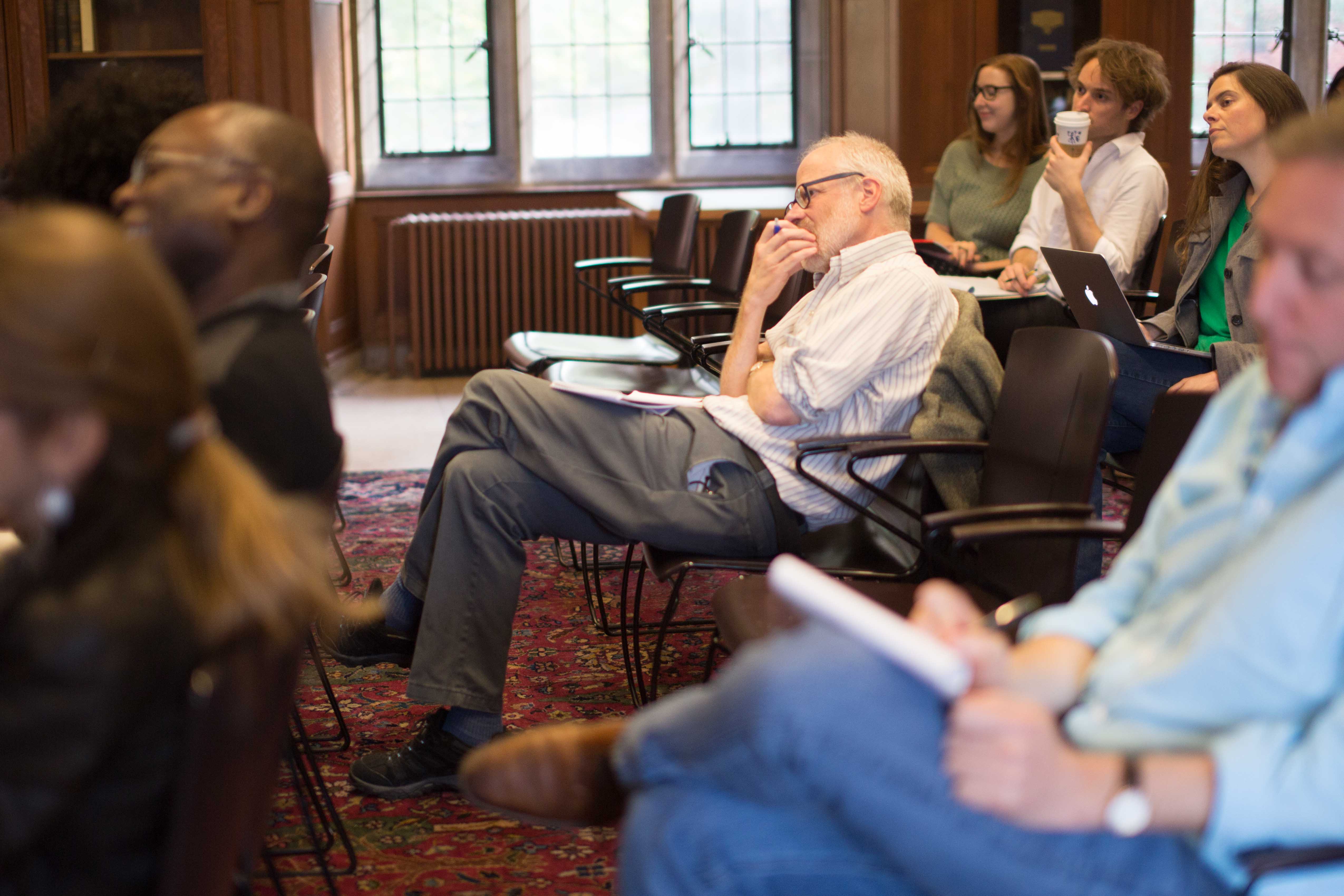

" Black on Both Sides is both important and timely. " Black on Both Sides offers a new imagining of both black and trans history beginning in the early 19th century through the present."- Into News " Black on Both Sides reminds us that when we are careful about how we tell stories, we get new, nuanced stories that expose systems for what they are and that honor historically ignored populations."- Autostraddle "This book is an outstanding contribution to conversations about black and trans studies it will transform scholarly understandings of both fields and the intersections between them."- CHOICE "The research done here is stellar."- Washington Blade Reconstructing these theoretical and historical trajectories furthers our imaginative capacities to conceive more livable black and trans worlds. Revealing instances of personal sovereignty among blacks living in the antebellum North that were mapped in terms of “cross dressing” and canonical black literary works that express black men’s access to the “female within,” Black on Both Sides concludes with a reading of the fate of Phillip DeVine, who was murdered alongside Brandon Teena in 1993, a fact omitted from the film Boys Don’t Cry out of narrative convenience. Marion Sims, the “father of American gynecology,” to the negation of blackness that makes transnormativity possible. In tracing the twinned genealogies of blackness and transness, Snorton follows multiple trajectories, from the medical experiments conducted on enslaved black women by J. Riley Snorton identifies multiple intersections between blackness and transness from the mid-nineteenth century to present-day anti-black and anti-trans legislation and violence.ĭrawing on a deep and varied archive of materials-early sexological texts, fugitive slave narratives, Afro-modernist literature, sensationalist journalism, Hollywood films-Snorton attends to how slavery and the production of racialized gender provided the foundations for an understanding of gender as mutable.


Their erasure from trans history masks the profound ways race has figured prominently in the construction and representation of transgender subjects. Her celebrity, however, has obscured other mid-century trans narratives-ones lived by African Americans such as Lucy Hicks Anderson and James McHarris. Winner of the John Boswell Prize from the American Historical Association 2018 Winner of the William Sanders Scarborough Prize from the Modern Language Association 2018 Winner of an American Library Association Stonewall Honor 2018 Winner of Lambda Literary Award for Transgender Nonfiction 2018 Winner of the Sylvia Rivera Award in Transgender Studies from the Center for Lesbian and Gay Studies The story of Christine Jorgensen, America’s first prominent transsexual, famously narrated trans embodiment in the postwar era.


 0 kommentar(er)
0 kommentar(er)
